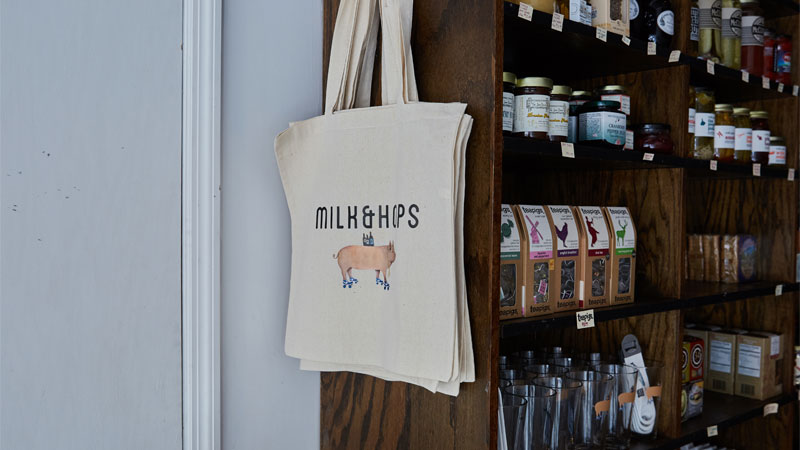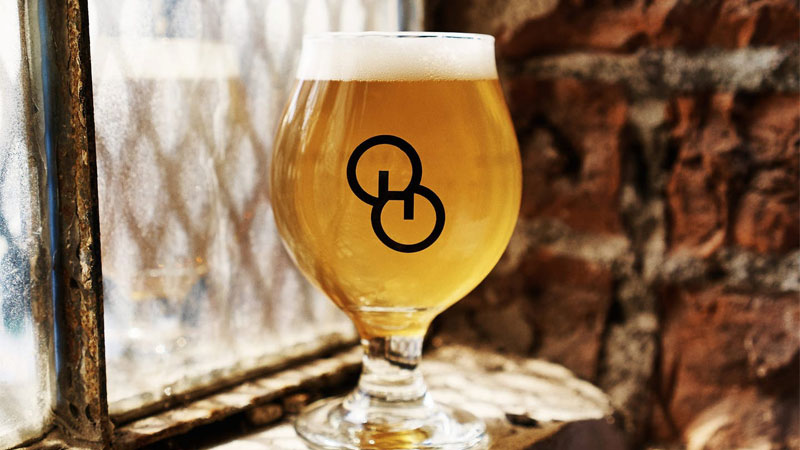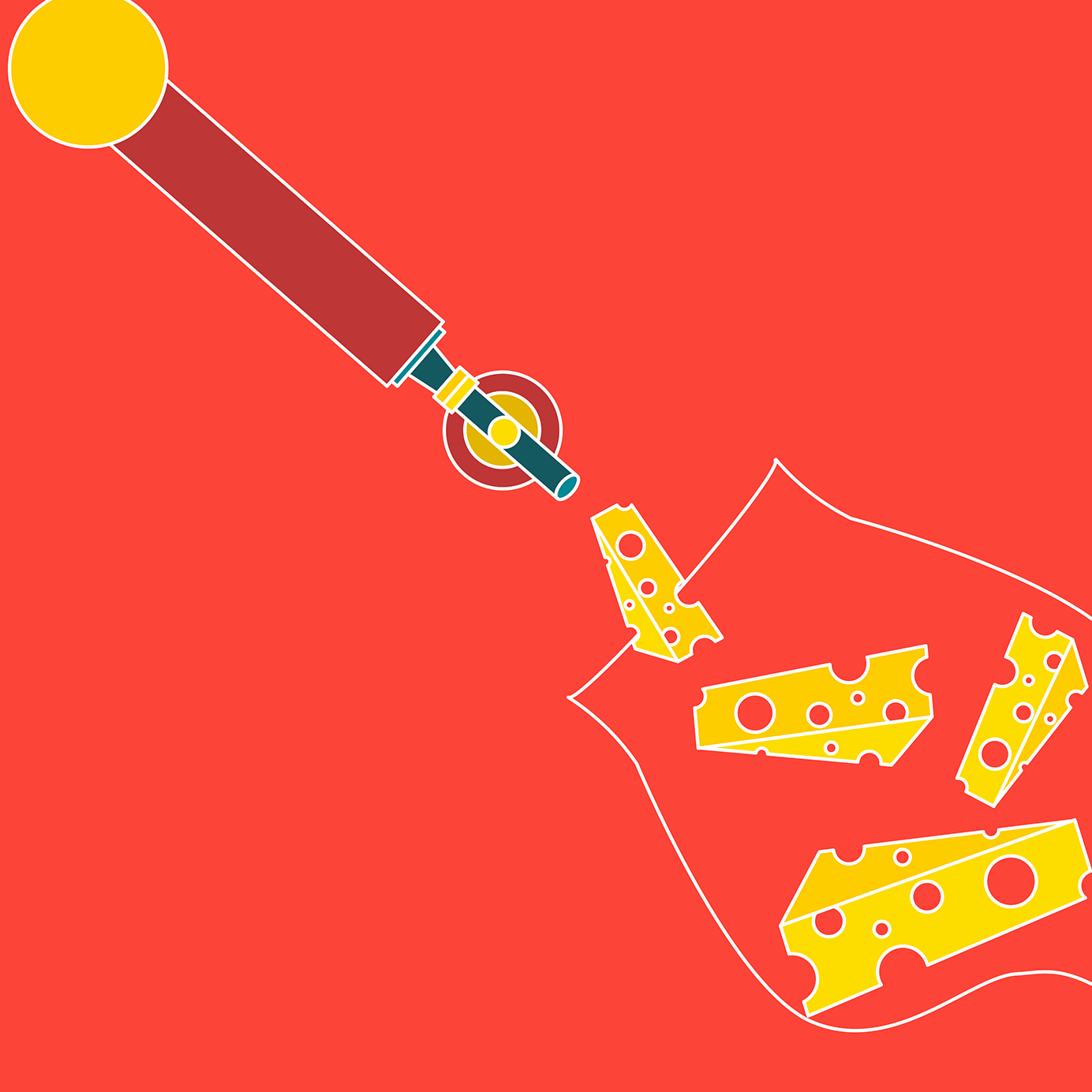On a blustery, wintry day in January 2014, Matt Monahan and Sam Richardson, two of Other Half Brewing’s three founders, sat down with a reporter in their just-opened brewery in Brooklyn’s Gowanus neighborhood. The space was barren but for the tanks that lined the perimeter of their big open space. They gathered three folding chairs from a small office and put them down in the middle of the brewery for the conversation.
They spoke with the ardent enthusiasm of businessmen about to realize their dream, but it was underpinned with a world-weariness that told of the obstacles they overcame to get there. The men built the brewery themselves on a shoestring budget. Then, when what little seed money they had ran out as the finished structure was waiting to pass inspections from New York City’s infamously cumbersome bureaucracy, they went back to their former employers, Greenpoint Beer Works, and brewed some beer under the Other Half name to provide cash flow until they could legally open their doors.
Fast forward to early 2019. The Gowanus brewery is thriving. There’s a second space nearby lined with barrels aging beer exclusively for select clients, including some of New York City’s most admired restaurants. The taproom next door is a destination for beer lovers from around the world, and, most impressively, it’s not the only Other Half venue. There’s also a newly opened and bustling facility in Rochester, a third Other Half brewery being built in the Washington D.C. area, and plans are underway for a second, massive tap room in Brooklyn near the Williamsburg Bridge.

Other Half Brewing’s growth from a hardscrabble labor of love to a booming, small business is emblematic of the growth in craft beer. During 2013, as Monahan and Richardson built their brewery, craft beer sales in America totaled $14.3 billion, according to the Brewers Association’s estimates. Five years later, as Other Half negotiated the construction of new spaces and opened in Rochester, those sales had nearly doubled to $27.6 billion, and that tidy sum excludes some breweries that were part of the 2013 tally. (Lagunitas, Ballast Point, Blue Point, and others sold significant stakes of their businesses to big beer and were no longer included.)
With such robust growth, it seems that there might be lessons for other artisan food sectors. Many mention the potential parallels between cheese and craft beer.
The late Ray Deter, a founder of d.b.a., one of New York’s first craft beer bars, used to say in classes that paired beer with cheese that they were natural pairings due to beer’s carbonation and cheese’s salt. Yet artisan cheese sales pale, so to speak, in comparison to craft beer’s numbers. According to the American Cheese Society, artisan cheese sales in America total about $4 billion with steady 15 percent growth.
“In the cheese business we talk a lot about craft beer as a parallel industry from which trends and best practices can be gleaned,” says Liz Thorpe, a cheese expert and author of “The Book of Cheese: The Essential Guide to Discovering Cheese You’ll Love.” “I find this both optimistic and problematic.” She cites perishability (a Camembert, for instance, has a lifespan of less than two months, less than even the most temperamental IPA); and supply chain issues, given the risk of mishandling by a distributor or retailer.
“It’s typical that major retailers are selling cheese that should have been tossed weeks before,” she says, “but no one knows this, so consumers come in, take a risk on something they’re unfamiliar with, have a bad experience, and don’t buy it again.”

Holly Diehl, a buyer and bartender at Milk and Hops, a beer bar/bottle shop that sells artisan cheese in NYC, notes the importance of word-of-mouth marketing. “Social media, especially Instagram, is vital to craft beer promotion,” she says. “People enjoy seeing hops being picked, recognizing the brewers standing near a fermentation tank, or viewing the final product poured into proper glassware. I’d love to see an adorable goat that contributed milk for the cheese or the family that runs the dairy farm.”
She also feels cheese could up its merchandizing game. “Creative and constantly changing labels keep craft beer exciting, too,” she says. “Cheese, on the other hand, seems static. Rotating imagery with a cohesive theme or labels that feature the same artist are a significant part of craft beer branding.”
Lisa Witkowski, a Los Angeles-based Cicerone, CSM Certified Sommelier, and beverage consultant who worked on several leading cheese counters in New York City before going west, sees price as a key component. “If you want to try some craft beers, it’s not expensive,” she says. “Artisan breads and pastas are similar in that regard. If you enjoy the experiment, wonderful craft beers and outstanding bread are cheap enough to incorporate into your every day.”
In general, though, Witkowski sees beer as having cultural advantages that make comparisons with other artisan foods and beverages awkward. “It’s an ancient and fairly universal product that’s followed humanity across thousands of years and many civilizations,” she says.
“We may feel like it was unloved during those few decades after Prohibition and the world wars, but real beer is woven into our lives in a way that’s not easy to erase. That isn’t to say you can’t start a kvass revolution or get a fountain pen back in everyone’s hand; those are just uphill battles in a way that beer is not.”
